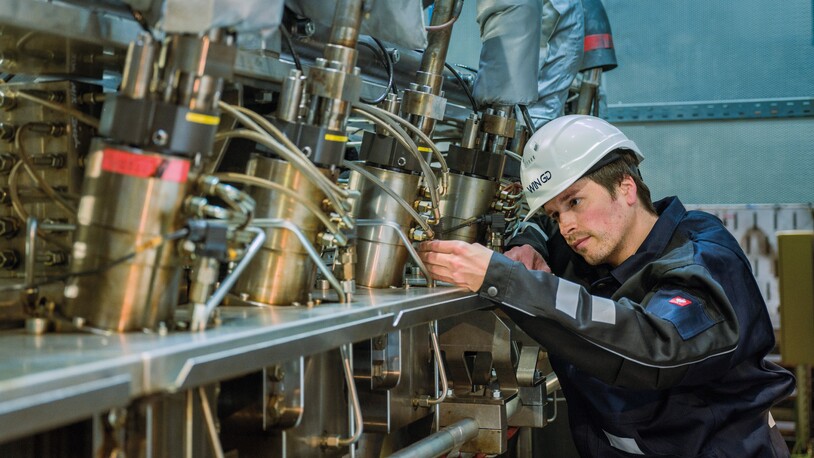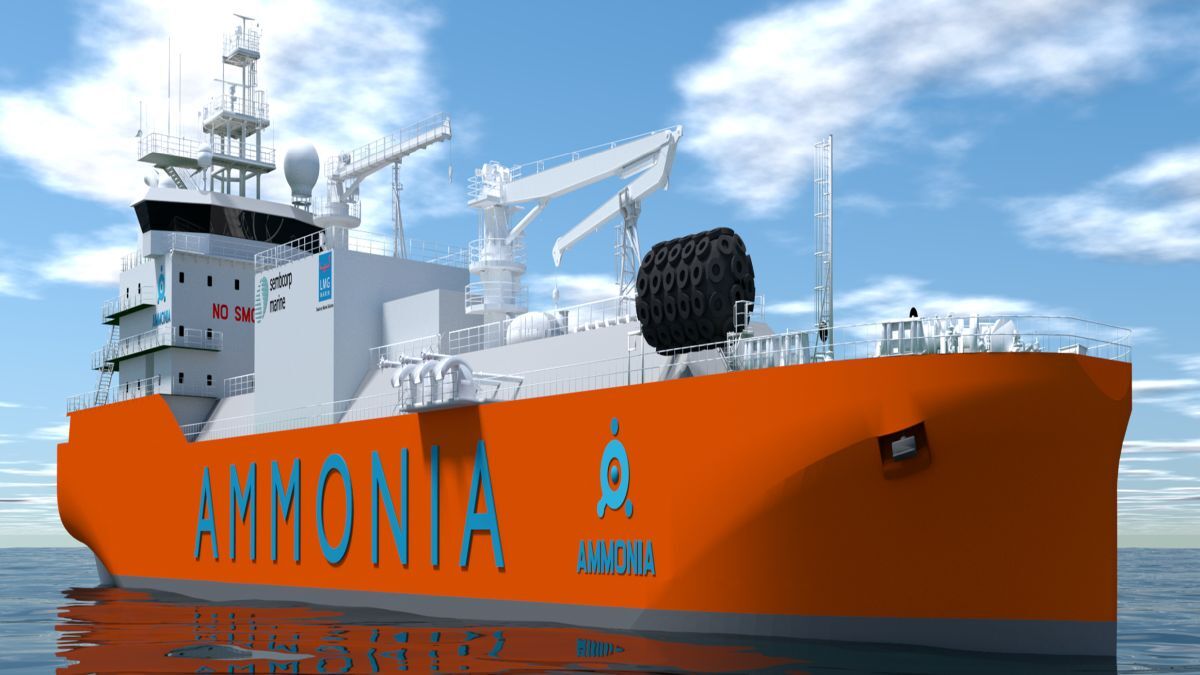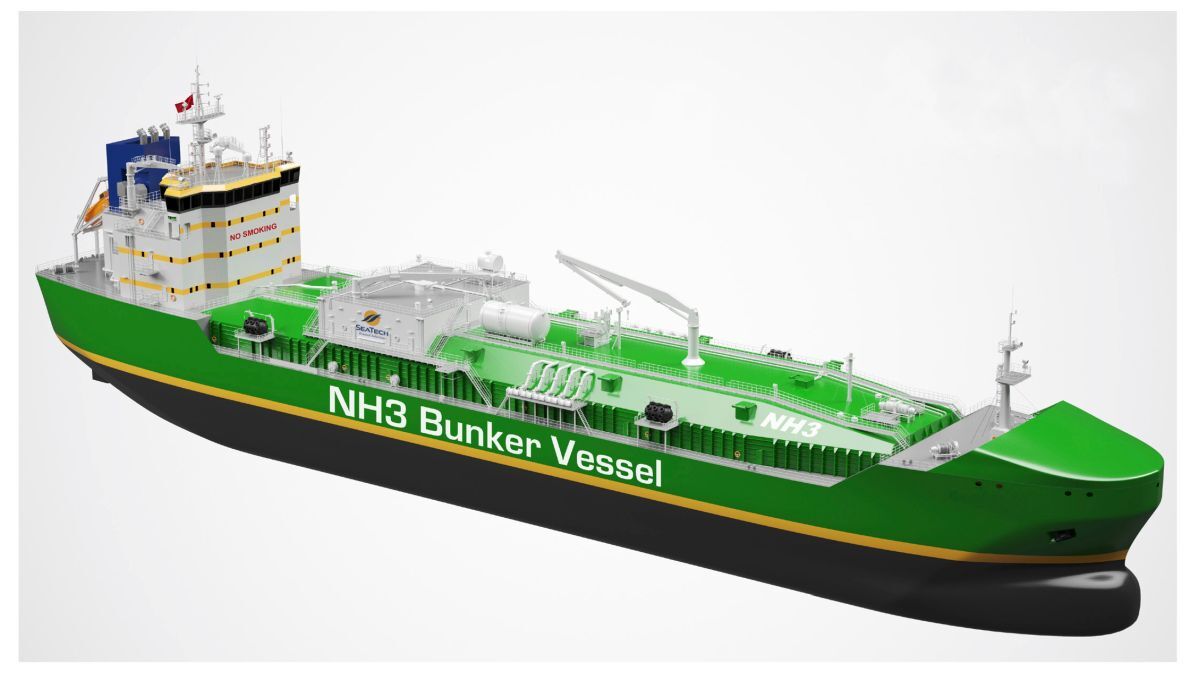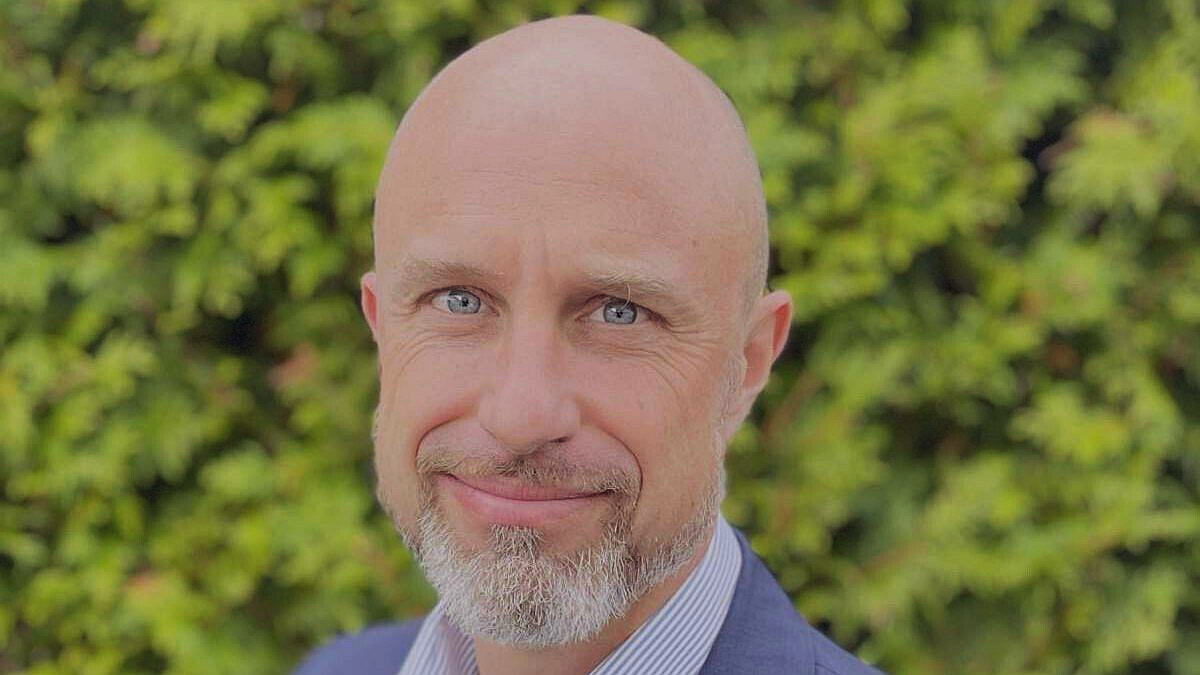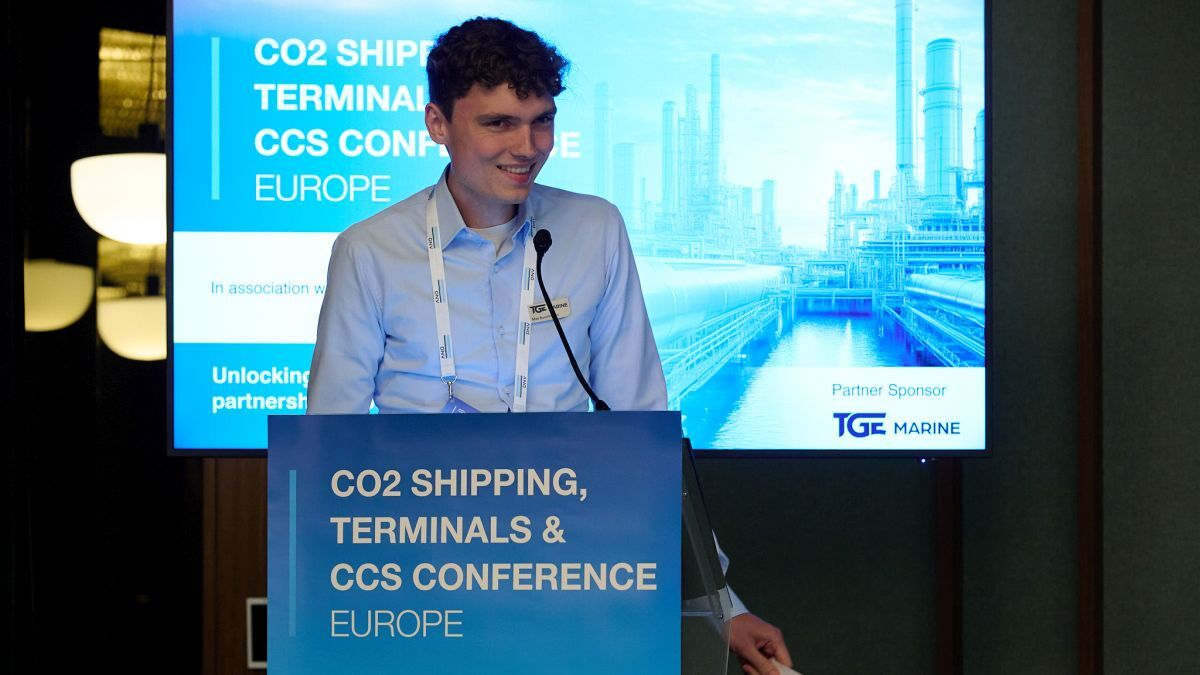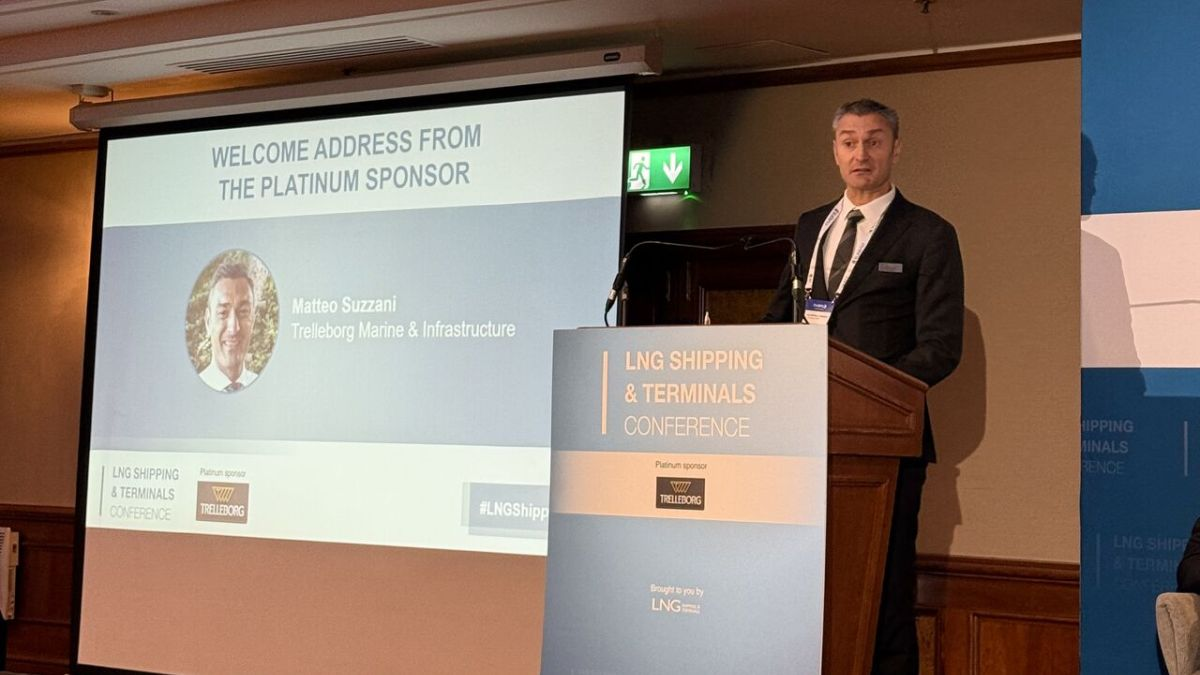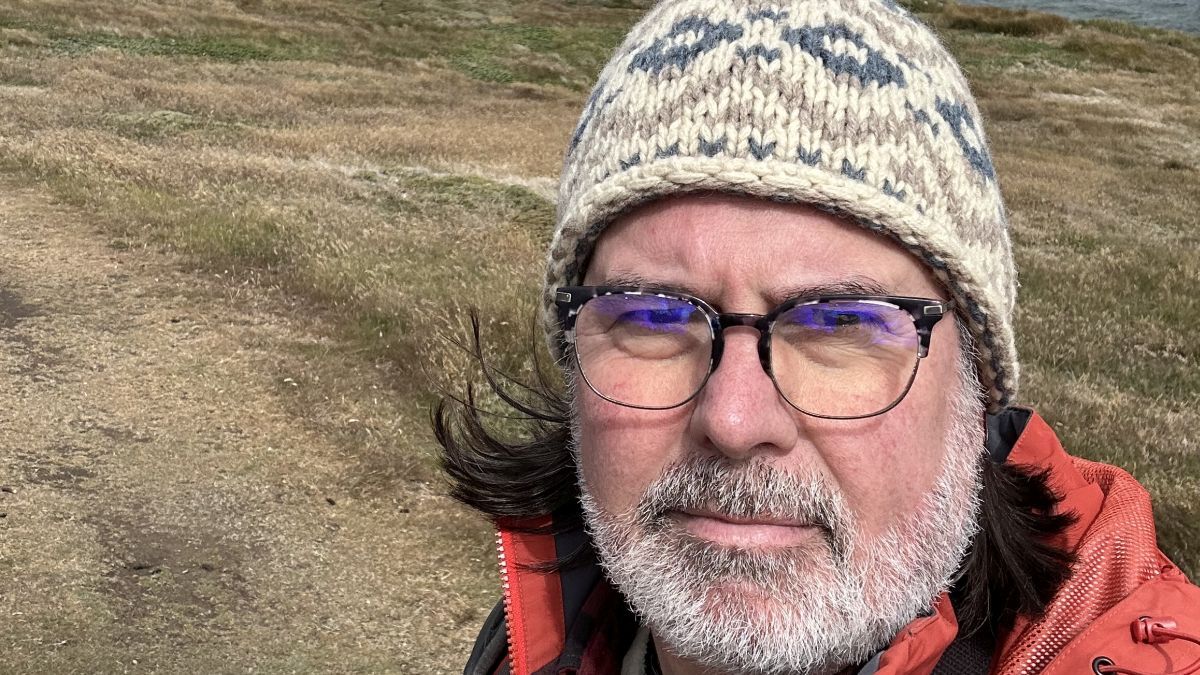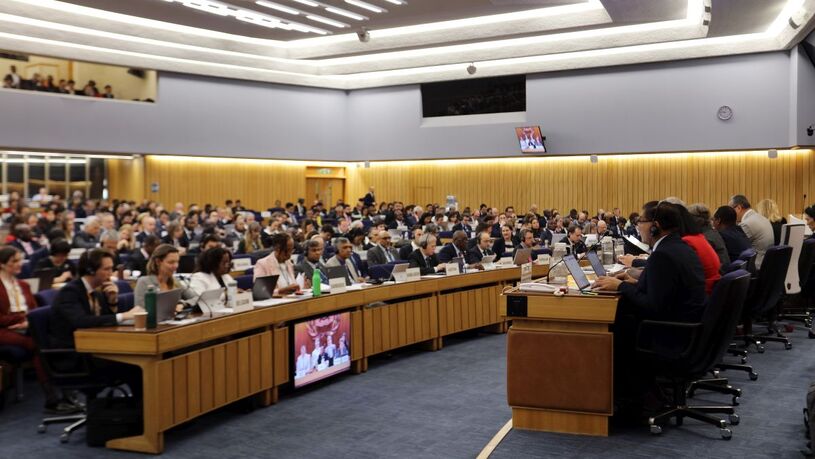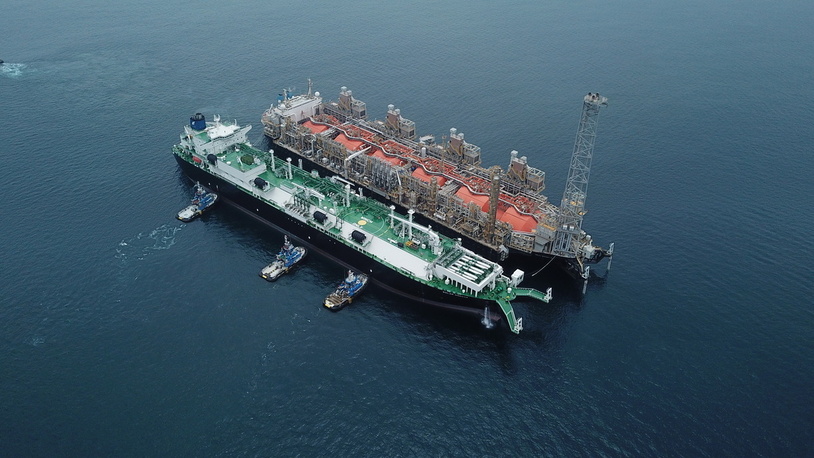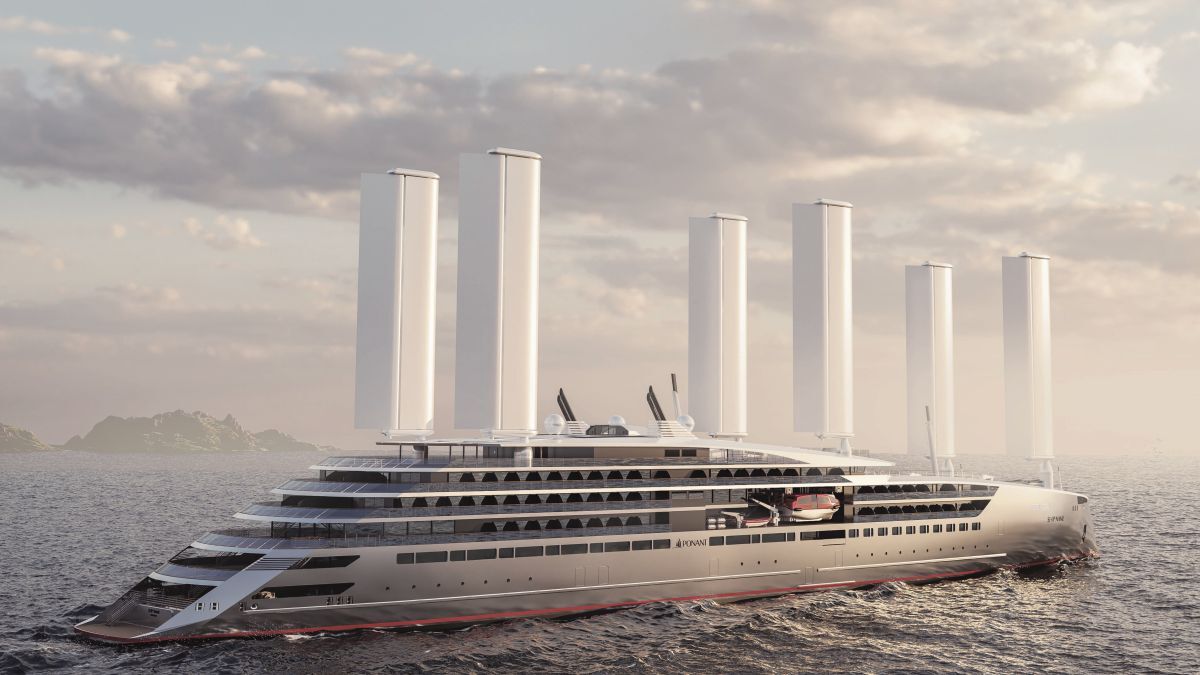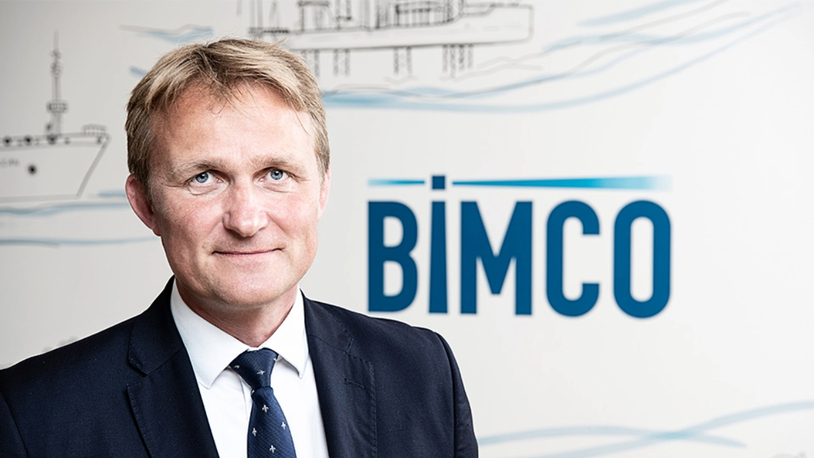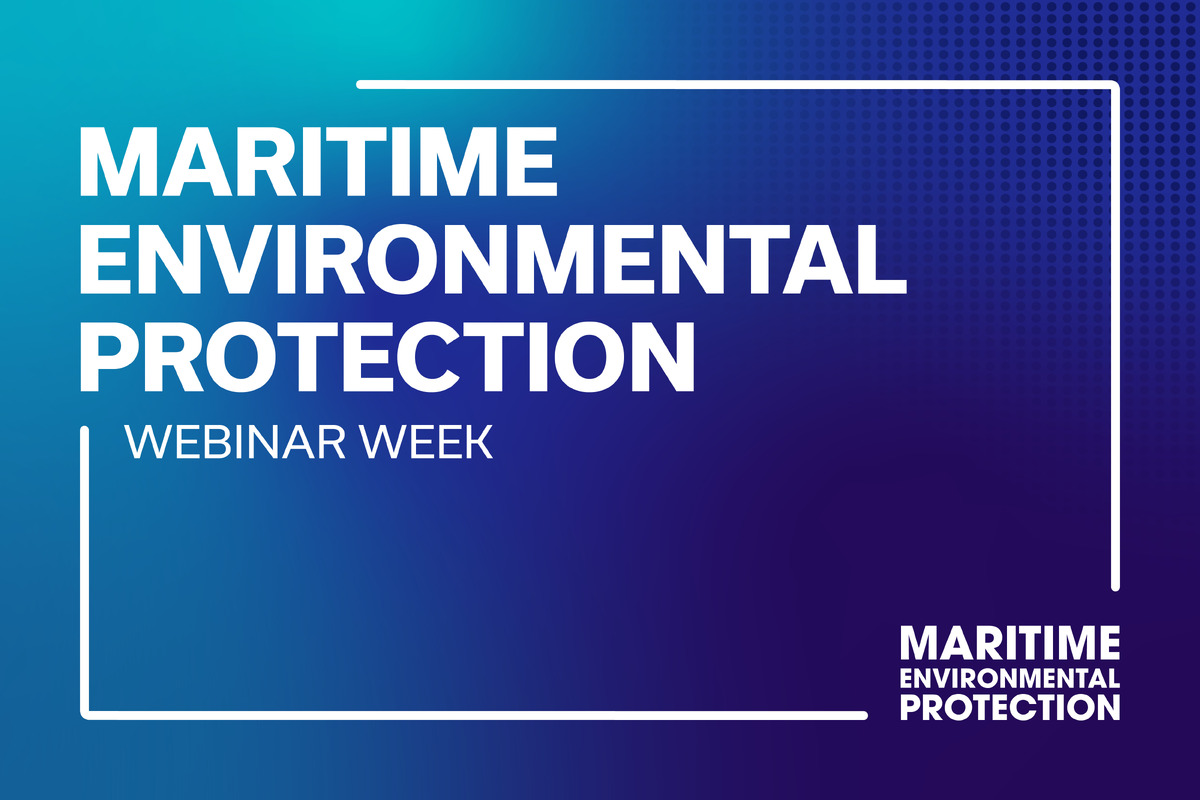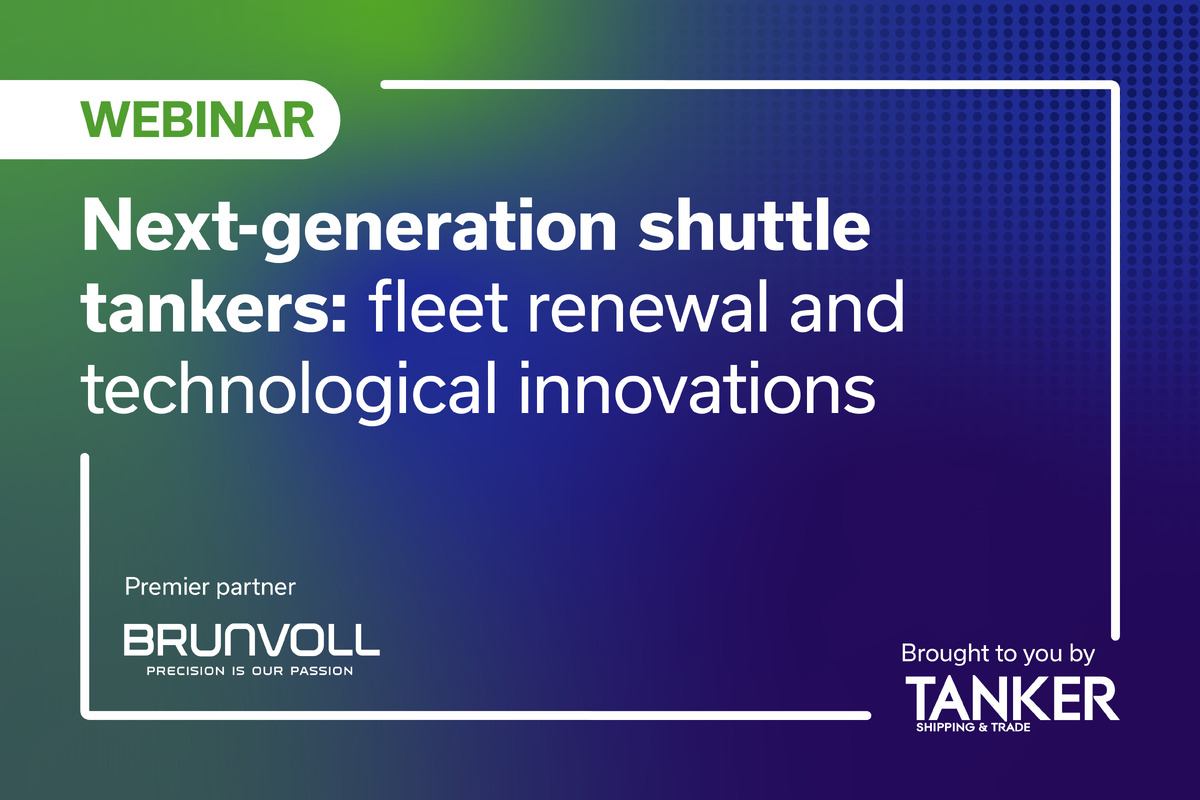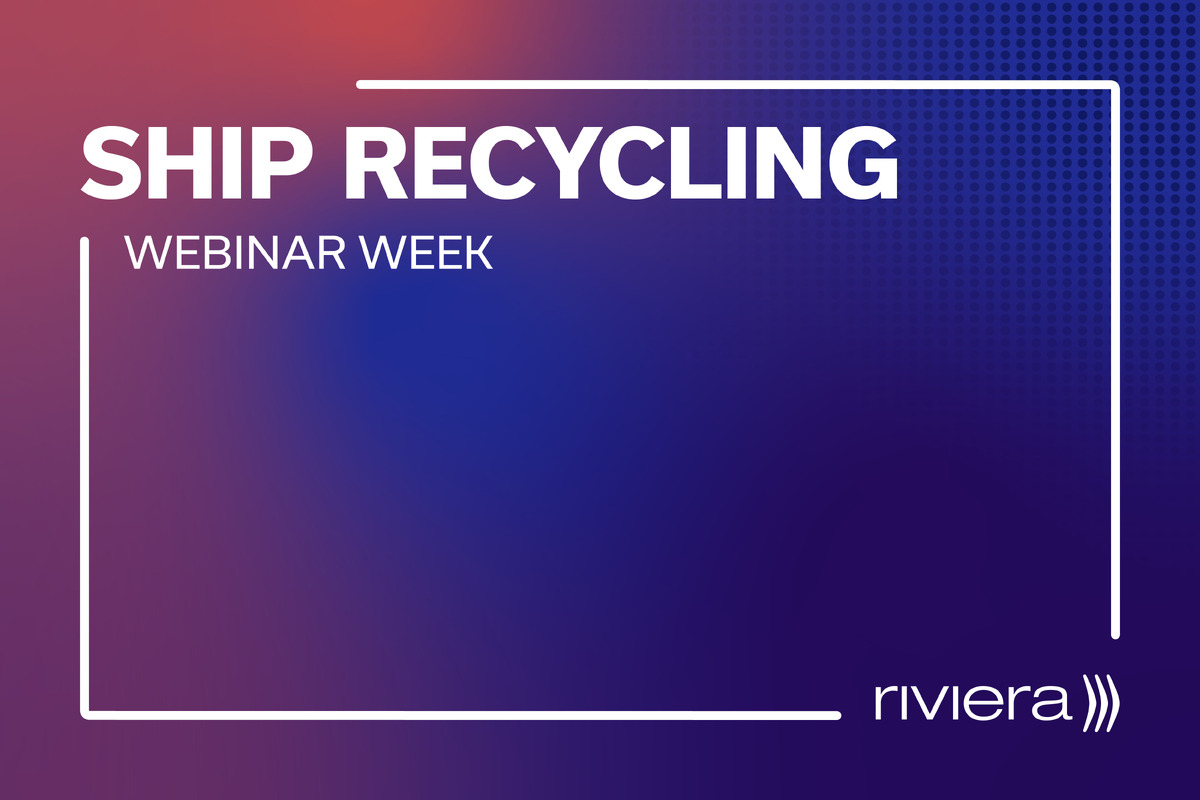Business Sectors
Events
Marine Coatings Webinar Week
Contents
Register to read more articles.
Singapore’s race to support shipping’s zero-carbon fuels
The world’s biggest bunker port and busiest transhipment hub is speeding the development of bunkering infrastructure and ammonia and hydrogen supply to underpin shipping’s decarbonisation
As the world’s top bunker port and busiest transhipment hub, Singapore is intrinsically linked to shipping’s transition to low- and zero-carbon alternatives to meet the sector’s goal of slashing emissions in half by 2050, as compared with 2008. Before the start of the next decade, the port must be prepared to fuel a fleet of ships powered by green fuels like ammonia and hydrogen. This means developing ample supply of these carbon-neutral fuels and devising new bunkering infrastructure to store, handle and distribute them.
The urgency of this race to meet anticipated demand before 2030 is reflected in a multi-pronged effort to develop the world’s first generation of ammonia bunkering vessels, build onshore storage and distribution, and create safety and handling guidelines. Dozens of Singaporean and international organisations are involved in collaborations.
At the virtual Singapore International Bunkering Conference and Exhibition (SIBCON) in October 2020, organised by the Maritime and Port Authority of Singapore (MPA), Singapore joined with the Port of Rotterdam and the port authority of Japan in a memorandum of co-operation (MoC) to form a Future Fuels Port Network. Through the MoC, the ports will develop a roadmap on adopting green fuels in support of decarbonisation.
In January, Sembcorp Marine and its wholly owned subsidiaries Sembcorp Marine Integrated Yard (SMIY) and Norwegian design arm LMG Marin AS, along with Japanese partners Mitsui OSK Lines (MOL) and ITOCHU were granted an approval in principle (AiP) by ABS for the conceptual design of an ammonia bunkering vessel.
The effort leverages SMIY’s accumulated shipbuilding knowledge and LMG Marin’s cutting-edge design capabilities to develop the ammonia (NH3) bunkering vessel and provided associated information for a hazard identification study (HAZID). Sembcorp Marine, support by its partners and ABS, carried out a comprehensive HAZID in fulfilment of the AiP application.
The vessel design takes into consideration ammonia’s toxicity, backed by cargo containment technology and a bunkering system from Wärtsilä Gas Solutions and Trelleborg Westbury/KLAW LNG, respectively.
Sembcorp Marine has developed a suite of comprehensive gas value chain solutions, and is building a 12,000-m³ LNG bunkering vessel (LNGBV) for MOL. Once completed in 2022, this LNGBV — designed by LMG Marin — will be jointly deployed by Pavilion Energy and TotalEnergies Marine Fuels in the Port of Singapore, becoming the largest LNG bunkering vessel built in the country.
Work on hydrogen
In April 2021, Sembcorp Marine entered into a memorandum of understanding (MoU) with Shell and Penguin International to jointly develop hydrogen as a marine fuel, another first for Singapore.
Commenting on the MoU, Sembcorp Marine president and chief executive Wong Weng Sun says the collaborative effort “has the potential to revolutionise shipping and transportation. This collaboration clearly underpins the Global Centre for Maritime Decarbonisation’s ongoing pursuit to define the safety and operation envelopes to enable ammonia pilot demonstrations in Singapore.”
Mr Wong says Sembcorp Marine is well aware the “push to accelerate decarbonisation must be supported by a portfolio of solutions. We are leveraging our proven expertise and differentiated capabilities in the design and fabrication of offshore structures and vessels to support the offshore, marine and energy industries’ mission-critical search for viable solutions to reduce their carbon footprint.”
Ammonia FSU
ITOCHU and ITOCHU Enex are co-operating with MOL, Pavilion Energy, TotalEnergies Marine Fuels and Vopak Terminals Singapore on a joint development study on the ammonia fuel supply chain in Singapore.
This effort sees MOL developing either an ammonia floating storage unit (FSU) or bunkering vessel and bunkering guidelines and Vopak assessing the possibility of an onshore facility for the storage and handling of ammonia with loading and unloading in Singapore.
At the port, Vopak controls Banyan Terminal, which stores and distributes petroleum products, chemicals, gas and liquefied petroleum gas (LPG).
Vopak and MOL jointly own the world’s largest floating storage and regasification unit (FSRU), 263,000-m3 Bauhinia Spirit (ex MOL FSRU Challenger), which will be the linchpin in Hong Kong’s first LNG import terminal scheduled for commissioning mid-2022.
Academia-industry effort
The ammonia supply chain in Singapore is also being tackled by ABS, which is working with Nanyang Technological University Singapore, and the Ammonia Safety and Training Institute to "assess safety protocols and probe for possible gaps in the bunkering supply chain for ammonia as a marine fuel".
Initial partners in the study are to include ExxonMobil, Hoegh LNG, MAN Energy Solutions Singapore, Jurong Port, PSA Singapore and ITOCHU.
"Ammonia is a fuel with significant potential for marine applications and ABS is leading the way in understanding challenges in the safe design and operation of ammonia-fuelled vessels," ABS director of sustainability strategy Panos Koutsourakis says.
"Singapore has the potential to play a critical role as a strategic downstream location to receive, store, consume or bunker ammonia," he says.
Ammonia bunkering business
In December, Jurong Port joined the Castor Initiative — an effort to develop an ammonia-fuelled tanker. This multi-national coalition includes MISC Berhad, Lloyd’s Register, Samsung Heavy Industries, MAN
Energy Solutions, the Maritime and Port Authority of Singapore and Yara.
Under another MoU, Sumitomo Corp has joined with Keppel FELS, a wholly owned subsidiary of Keppel Offshore & Marine, to explore the feasibility and implementation of various ammonia-fuel applications in Singapore.
Plans call for the implementation of ammonia bunkering, including a new bunkering vessel in Singapore, with the aim to start commercial operations in the mid-2020s. Sumitomo and Keppel O&M will also work to expand the ammonia value chain in Singapore.
Sumitomo Corp energy innovation initiative director Hajime Mori says the co-operation on ammonia with Keppel O&M was in line with his company’s goals of being carbon neutral in 2050.
Keppel O&M managing director, newbuilds Tan Leong Peng echoes those comments, saying the effort deepens Keppel’s decarbonisation efforts. “Keppel O&M is working with its partners and leveraging its engineering expertise, bunkering experience, and newbuild capabilities to develop the ammonia bunkering ecosystem for the marine industry. We are also applying our research in ammonia to advance adjacent solutions in green energy generation,” says Mr Tan.
This follows an MoU signed in May by Keppel O&M with AP Moller-Maersk, Fleet Management Ltd, Maersk Mc-Kinney Moller Centre for Zero Carbon Shipping, Sumitomo and Yara to explore the ammonia supply chain.
This study is assessing ammonia supply including potential synergies with LPG as a starting point. It will consider whether the comparable requirements for mild refrigerated storage, vessels or barges initially designed for LPG can also handle brown, blue and green ammonia.
AP Moller-Maersk vice president and head of decarbonisation Morten Bo Christiansen says, “Alongside methanol, we see green ammonia as an important future fuel for the decarbonisation of our fleet. A dual-fuel ammonia engine is currently under development, but for green ammonia to fuel our vessels in the future we also have supply, infrastructure and safety-related challenges to solve, not least when it comes to bunkering operations.”
Like Sembcorp Marine, Keppel O&M has extensive experience in developing, designing, building and converting high-value assets for the LNG value chain, including FSRUs, floating LNG (FLNG) vessels and bunkering vessels. It built Singapore’s first LNG bunkering vessel, FueLNG Bellina for FueLNG for operation in the Port of Singapore. FueLNG is a joint venture between Keppel O&M and Shell Eastern Petroleum (Pte) Ltd.
Keppel O&M envisions leveraging this experience to drive R&D solutions to enable the adoption of hydrogen and ammonia as marine fuels and energy source.
On another front, Keppel O&M is also developing a comprehensive electric vessel supply chain in Singapore, which will feature marinised energy storage systems to power harbour craft.
Keppel-DNV hydrogen effort
Keppel O&M is collaborating with DNV on developing hydrogen projects in Singapore, saying the aim of the partnership "is to explore safe implementation of potential new technologies, working jointly with relevant governmental agencies to promote the introduction of hydrogen as an energy source in the Singapore market to support the country’s decarbonisation goals".
Keppel O&M will use its Floating Living Lab as a test bed for new energy technologies, covering areas around safety requirements for hydrogen energy, infrastructure for hydrogen storage and transportation and offshore applications for hydrogen technology.
DNV and Keppel O&M had entered into a previous partnership around LNG as a fuel in 2019.
JDP on ammonia bunker vessel
Meanwhile, local bunker supplier Fratelli Cosulich Bunkers (Singapore) Pte is working with class society RINA and designer SeaTech Solutions on a joint development project (JDP) to develop an ammonia bunker vessel. Within the agreement, SeaTech will focus on the NH3 ship concept development and design while RINA will verify the compliance with the applicable rules, particular those related to handling ammonia. Fratelli Cosulich Bunkers will provide the operational data to support and validate the suitability of the ship design for commercial operations.
Fratelli Cosulich Group head of business development Guido Cardullo says, “Ammonia will play a fundamental role in reducing shipping emissions and we believe it is our responsibility to make shipping increasingly respectful of the environment, in the interest of future generations.”
Like other Singaporean and international companies highlighted, Fratelli Cosulich is one of 21 partners in the DNV-led consortium undertaking the GMCD-commissioned ammonia bunkering and safety study, which will help establish the basis of a “regulatory sandbox” for trials at two ammonia bunkering sites in Singapore.
Related to this Story
Events
Marine Coatings Webinar Week
Maritime Environmental Protection Webinar Week
Ship Recycling Webinar Week
© 2024 Riviera Maritime Media Ltd.

